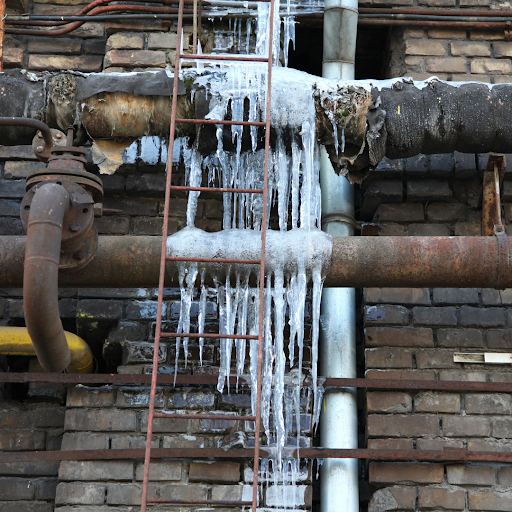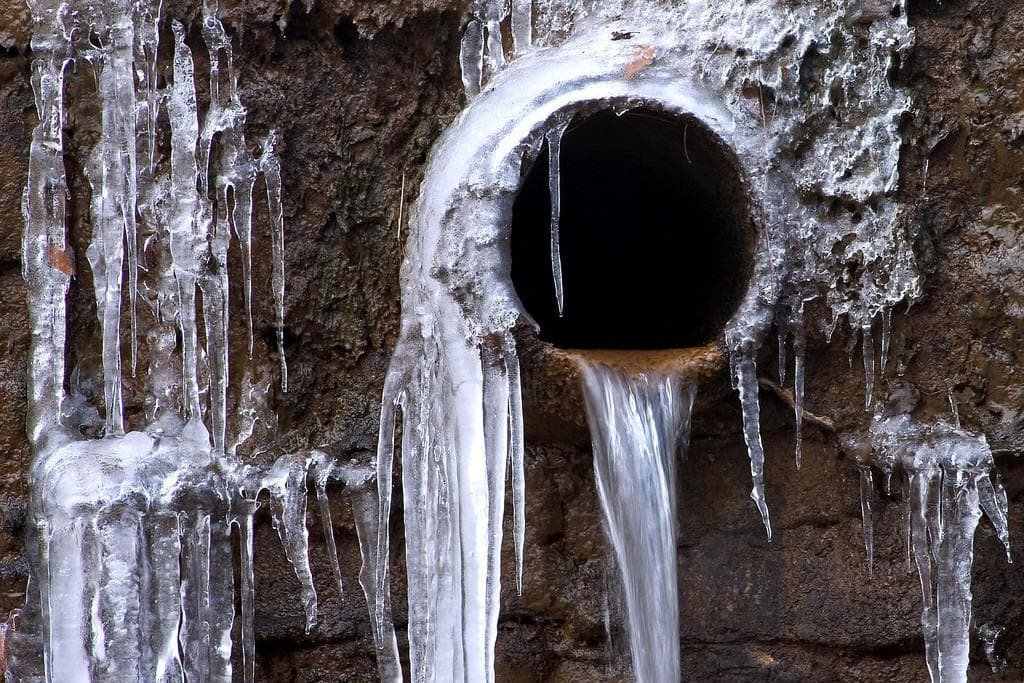Preventing Pipes from Cold Weather: Effective Methods
Preventing Pipes from Cold Weather: Effective Methods
Blog Article
Nearly everybody may have their personal assumption about 6 Ways to Prevent Frozen Pipes.

Cold weather can damage your pipes, especially by freezing pipelines. Right here's just how to stop it from occurring and what to do if it does.
Introduction
As temperature levels decrease, the threat of icy pipelines rises, potentially leading to expensive repair work and water damage. Recognizing just how to avoid icy pipes is crucial for house owners in chilly climates.
Recognizing Frozen Pipelines
What creates pipes to freeze?
Pipes freeze when exposed to temperatures below 32 ° F (0 ° C) for expanded durations. As water inside the pipelines ices up, it expands, putting pressure on the pipeline walls and possibly triggering them to burst.
Threats and problems
Frozen pipes can result in water supply disruptions, home damages, and costly fixings. Burst pipes can flood homes and cause substantial structural damage.
Indications of Frozen Water Lines
Recognizing icy pipelines early can avoid them from breaking.
How to identify icy pipelines
Seek decreased water flow from faucets, uncommon smells or sounds from pipelines, and visible frost on subjected pipes.
Avoidance Tips
Shielding prone pipelines
Cover pipes in insulation sleeves or utilize warmth tape to safeguard them from freezing temperatures. Focus on pipelines in unheated or exterior areas of the home.
Home heating strategies
Keep indoor spaces effectively heated, especially areas with plumbing. Open up closet doors to allow warm air to circulate around pipes under sinks.
Securing Exterior Pipes
Yard tubes and outside taps
Detach and drain pipes yard hose pipes prior to winter. Mount frost-proof faucets or cover exterior faucets with shielded caps.
What to Do If Your Pipes Freeze
Immediate activities to take
If you believe icy pipelines, keep faucets available to relieve pressure as the ice melts. Utilize a hairdryer or towels taken in hot water to thaw pipes slowly.
Long-Term Solutions
Structural modifications
Think about rerouting pipes far from exterior walls or unheated areas. Add added insulation to attic rooms, cellars, and crawl spaces.
Upgrading insulation
Purchase high-grade insulation for pipelines, attics, and walls. Correct insulation helps preserve consistent temperatures and reduces the threat of frozen pipelines.
Final thought
Preventing frozen pipes requires aggressive procedures and fast responses. By understanding the causes, indicators, and preventive measures, homeowners can secure their pipes during winter.
5 Ways to Prevent Frozen Pipes
Drain Outdoor Faucets and Disconnect Hoses
First, close the shut-off valve that controls the flow of water in the pipe to your outdoor faucet. Then, head outside to disconnect and drain your hose and open the outdoor faucet to allow the water to completely drain out of the line. Turn off the faucet when done. Finally, head back to the shut-off valve and drain the remaining water inside the pipe into a bucket or container. Additionally, if you have a home irrigation system, you should consider hiring an expert to clear the system of water each year.
Insulate Pipes
One of the best and most cost-effective methods for preventing frozen water pipes is to wrap your pipes with insulation. This is especially important for areas in your home that aren’t exposed to heat, such as an attic. We suggest using foam sleeves, which can typically be found at your local hardware store.
Keep Heat Running at 65
Your pipes are located inside your walls, and the temperature there is much colder than the rest of the house. To prevent your pipes from freezing, The Insurance Information Institute suggests that you keep your home heated to at least 65 degrees, even when traveling. You may want to invest in smart devices that can keep an eye on the temperature in your home while you’re away.
Leave Water Dripping
Moving water — even a small trickle — can prevent ice from forming inside your pipes. When freezing temps are imminent, start a drip of water from all faucets that serve exposed pipes. Leaving a few faucets running will also help relieve pressure inside the pipes and help prevent a rupture if the water inside freezes.
Open Cupboard Doors
Warm your kitchen and bathroom pipes by opening cupboards and vanities. You should also leave your interior doors ajar to help warm air circulate evenly throughout your home.

I hope you enjoyed reading our topic on Preventing and dealing with frozen pipes. Thanks a ton for taking the time to read through our blog. Don't hesitate to take the time to share this write-up if you liked it. I recognize the value of reading our article about Prevent Frozen Pipes .
Call Report this page